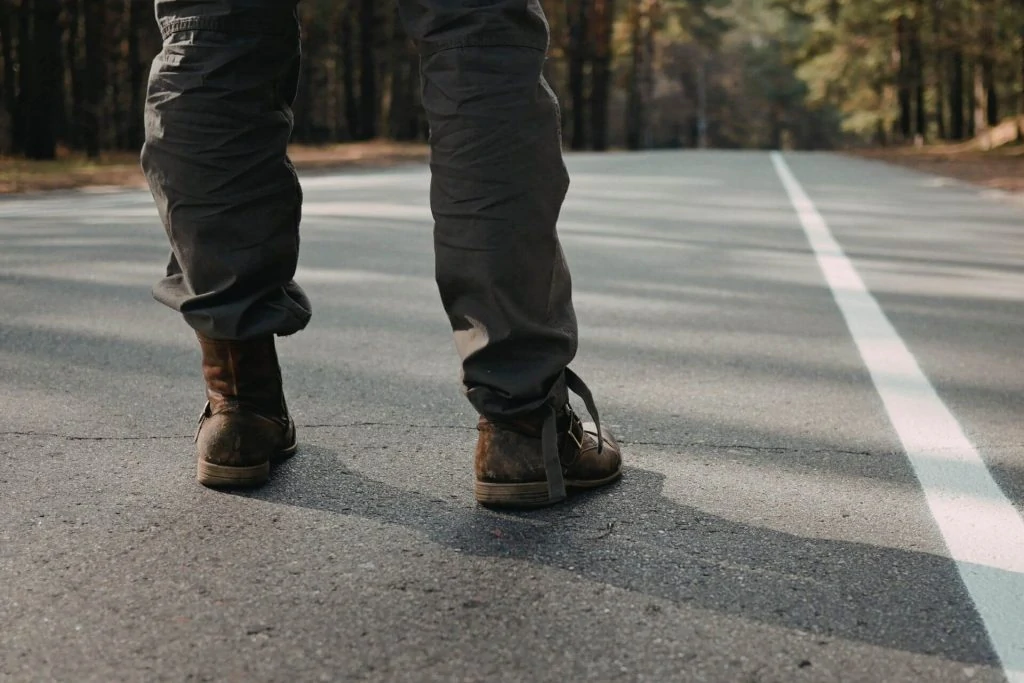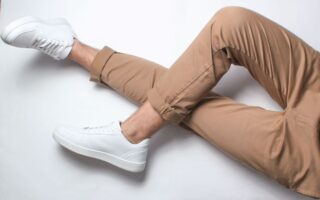Getting dressed for work isn’t easy. Although the standard workwear for office workers used to include a suit for men and tailored dress for women, this has changed over time. There’s a lot of variation regardless of where you work.
Depending on the region and industry, office dress codes differ. It makes choosing something to wear even harder, especially for outdoor work. With a good impression going a long way in a professional setting, you must ensure that what you wear outdoors remains professional.
Your outdoor work attire shouldn’t look sloppy or unkempt, as it might show that you aren’t serious about the job. So, if you are, like most people struggling with what to wear for outdoor work, you have come to the right place.
Discussed below are the right outfits to wear for outdoor work.
Choose Clothing That Covers Your Arms And Legs
Table of Contents
To work comfortably outside, you need to prevent yourself from different elements. Whether it’s cold or hot, it’s essential to choose workwear that covers your arms and legs. During the cold seasons, RB Sellars work jumpers will be perfect as they fit the professional setting. You’ll not only stay warm but also fit into the dress code.
Clothing that covers your arms and legs will keep bugs and sunburn at bay during the hot season. Although it might be hard to manage with clothing that covers your arms and legs, choosing light clothing will ensure that it won’t trap heat. Note that this clothing shouldn’t be tight or ill-fitting to ensure you remain comfortable.
Dress For The Weather
Knowing how to dress for the weather is important in remaining comfortable and professional. The weather could either be cold or hot, depending on the season. During the cold season, things like heating won’t be available when working outdoors. Thus, cold-weather clothing becomes the only resource that’ll keep you warm.
Consider dressing in loose-fitting layers that easily trap heat when looking for warm clothing. These layers should be made of warm-retaining fabrics like wool or polyester fleece that’ll retain warmth. However, avoid cotton as it extracts heat from the body when wet from rain, snow, or sweat. To boost your comfort outside work, learn how to layer your warm work clothing. The first layer, closest to your skin, should be synthetic. This material will be able to get rid of moisture from your skin. The second layer should be a light insulating layer, such as a thin wool sweater or fleece.
The next layer should be a heavy insulating layer that traps heat within the body. A waterproof layer follows this to keep you dry and safe from wind, rain, or wet snow. A hat, gloves, mitts, and socks should also be part of your clothing.
For the warm seasons, your clothing needs to keep you as cool as possible while remaining professional. It means choosing clothes with close-knit fibers that’ll prevent you from getting sunburned. For extra protection from harmful rays, consider clothing with sun protection in the fabric.
Wear Comfortable Shoes
Having comfortable shoes is essential regardless of the type of work you do. However, your shoes should fit your profession by having all the features and be desirable and comfortable. To get the utmost comfort from your work shoes, consider their components.
For instance, if your outdoor work involves rain or wet snow, it’s vital to choose a waterproof shoe. It prevents moisture from building up and causing friction that leads to discomfort. Another factor to consider is the material used in your shoes.
Choosing the appropriate material is vital, with most outdoor shoes made of leather, fabric, or suede. For instance, fabric might be the best choice if you are looking for light shoes instead of leather shoes. With the material figured out, it’s important to note that outdoor shoes are designed to fit different environments.
So, if your work includes hiking, go for those with grip, the appropriate angle height, and sole fitness for rough terrains. Another important consideration is whether your shoes are the right size. This means checking for ideal inner soles, padding, elasticity, and insulation.
Dress For The Occasion
Outdoor work can be anything ranging from construction to wedding planning. As a result, it’s critical to dress for the work setting. Choosing neutral colors that won’t stand out is crucial for a more formal setting. It doesn’t mean being boring in your style choice. You may need to remain stylish while sticking to the professional dress code.
Bottom Line
It’s important to consider that outdoor work wear differs from indoor ones. With the setting being different and having to consider the weather, knowing what to wear is vital. However, this doesn’t mean forgetting style and code for comfort. So, keep in mind that to maintain functionality, keep everything simple and laid back.





